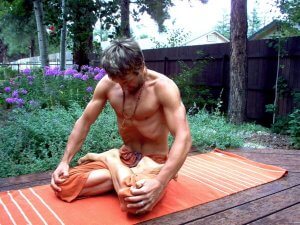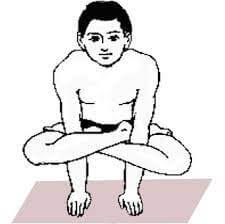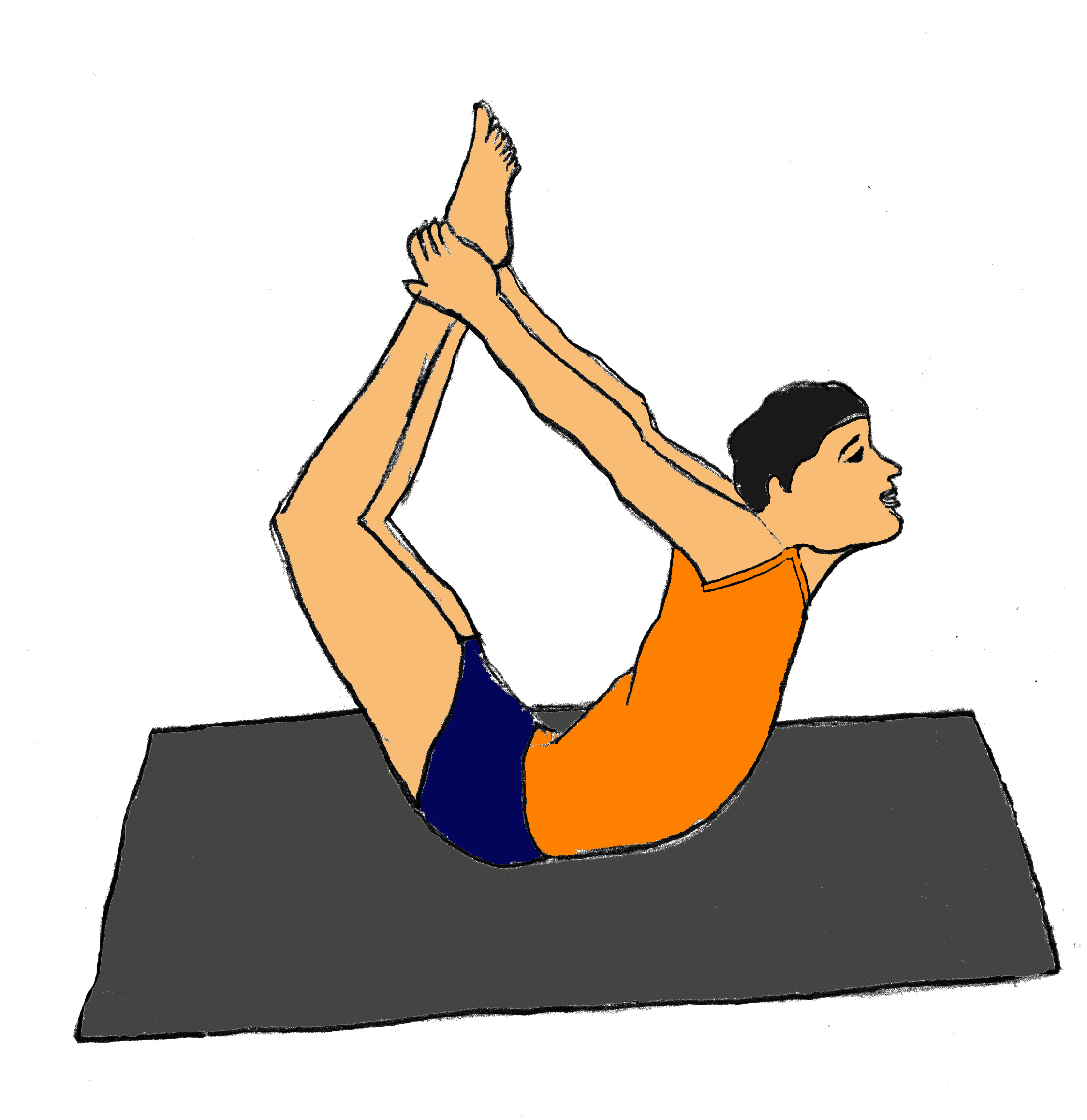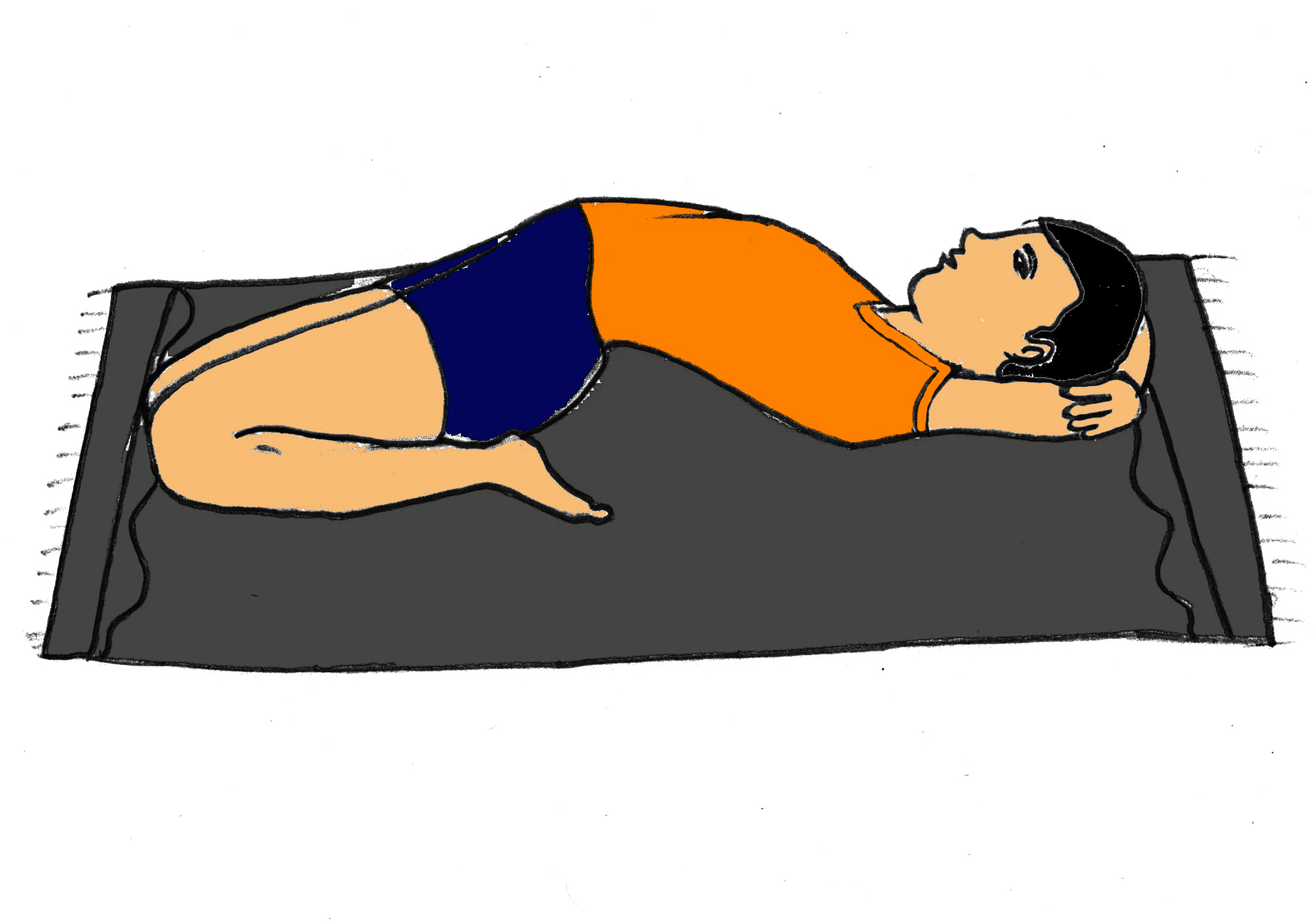Mula Bandha Mudra
Mula Bandha Mudra or root lock is an important yoga pose that has been recommended since the ancient ages by yogis and rishis. The mudra offers numerous benefits for the physical body and it is also useful for achieving spiritual ascension. Plenty of people have benefitted greatly from practicing this advanced form of yoga. Read on to learn more about Mula Bandha Mudra.
Steps of Mula Bandha Mudra
Practice these steps when you are looking to perform Mula Bandha Mudra.
-
Sit with your legs perfectly outstretched right in front of your body on the yoga mat or on the floor to get into the Mula Bandha Mudra.
- Bend your knees and gently bring your feet soles together.
- Next, draw your heels toward your body.
-
While getting into the Mula Bandha Mudra pose, make sure that outside of your feet remains touched on the floor.
-
Place your hands right behind your buttocks while you have your fingers pointing backward; then raise your buttocks on the heels.
- As you raise the buttock on the heels, keep your heels pressed on the perineum.
- The knees must remain on the surface of the floor as you practice Mula Bandha Mudra pose.
- Make sure that you do not accidentally strain your ankles as you practice this asana.
- Keep your hands on your knees in jnana mudra or on either chin.
- In this pose, you can also practice Nasikagra Drishti.
- Beginners should hold in this final position for about 3-4 minutes.
-
Advanced practitioners must hold on to the pose for longer durations or at least for the duration that is comfortable.
- Release your legs and then stretch them forward on the yoga mat or the floor.
- Repeat this asana once all tension from the feet and legs have gone.
- You can repeat this asana for 3 to 4 rounds.
Video
Breathing pattern while performing Mula Bandha Mudra
- Inhale deeply as you fold your legs and bring the heels to close towards your body.
- Deeply exhale once you bring your buttocks on the heels.
- Maintain constant breath as you continue deeply inhaling and exhaling while performing the pose.
Preparatory Poses associated with Mula Bandha Mudra
The various forms of preparatory poses that you need to practice prior to performing Mula Bandha Mudra are listed below:
- Supta Trivikramasana
- Hanumanasana
- Samakonasana
- Vamadevasana 1
- Vamadevasana 2
- Kandasana
Until you get completely accustomed with the poses mentioned above, you must develop your skills with Virasana and Supta Virasana. Additionally, you must also practice Padmasana or Ardha Padmasana before you actually start practicing the Mula Bandha Mudra.
Tips for performing
The whole purpose of Mula Bandha Mudra is to effectively tighten pelvic floor muscle area instead of the perineum area in general. Therefore, men must focus on contracting the muscles between the testes and the anus and women must focus on contracting the muscles just behind the cervix region for deriving maximum benefits. For completing the practice of Mula Bandha Mudra, you should practice Vajroli mudra or Ashwini mudra while in Mula Bandha Mudra.
When you are trying to keep your feet placed in a vertical position, you can join soles of your feet and push all the 4 corners of the feet towards each other. You should also bring the toes to the floor in a way that your heels and ankle bone get light. If you want you can make use of a yoga block for resting your feet as you practice this pose. As Mula Bandha Mudra is an advanced form of asana, there are numerous variations for it.
If you are an advanced practitioner who wants to deepen this pose, you can keep your hands on the knees with your thumb and index finger clasped together. You can also meditate as you stay in this pose. Make sure that you keep your eyes completely closed during this time. You must also prepare your body in advance before you practice Mula Bandha Mudra by following the preparatory steps and stretches.
The science of Mula Bandha Mudra
The whole purpose of practicing this asana is to integrate complete mind and body connection. Mula Bandha Mudra helps you to transform your whole experience of yoga practice by bringing stability in the poses. The asana also keeps energy from accidentally leaking during your meditative practices. It takes a lot of time and patience for understanding how you can have control over this asana. By learning to have better control over your body while performing Mula Bandha Mudra, you will have enhanced control over your body’s prana or life force. You will then learn that everything that you need to be happy is within you. This understanding is going to create a magical transformation of your body and mind.
Benefits of Mula Bandha Mudra
Here are the distinct benefits of practicing Mula Bandha Mudra.
-
Mula Bandha Mudra strengthens the thighs, groin, knees, and ankles as well as stretches them for the best effect.
-
Mula Bandha Mudra can help to maintain the general health of the ovaries and uterus and thereby help in significantly improving the functioning of the female reproductive system.
-
The asana is extremely beneficial in improving the strength of the pelvis, spine and the abdomen.
- This pose can stimulate the abdominal organs, thus easing acid reflux and flatulence.
- The asana helps in getting rid of constipation.
- Regular practicing of Mula Bandha Mudra can help to enhance concentration and memory.
-
Mula Bandha Mudra can balance the mind, increase concentration, enhance awareness of unconscious realms as well as and induce mental and physical relaxation quickly. Through this asana, the thinking process eventually becomes clear and precise.
- Mula Bandha Mudra improves the alignment of the spine when practiced regularly.
-
Mula Bandha Mudra refreshes and rejuvenates a person and removes symptoms of mild depression and stress.
- Regular practicing of Mula Bandha Mudra helps to quiet the mind and helps in meditation.
-
Mula Bandha Mudra is highly beneficial for improving fertility in women and is extremely helpful when practiced before conceiving.
-
The asana is also helpful for people having hemorrhoids since it stimulates muscles and effectively brings them into their original functionality.
-
Since this pose helps to open the practitioner’s root chakra when performed on a daily basis, it can help to fight signs of stress and depression.
-
The asana can help in alleviating various back ailments like sciatica as well as minor back pains.
-
With regular practice, Mula Bandha Mudra helps in removing respiratory ailments such as asthma when proper breathing pattern is followed.
-
Mula Bandha Mudra energizes and revitalizes the nervous system thus helping to calm the nerves.
Precautions and contraindications associated with Mula Bandha Mudra
The following are the precautions and contraindications related to Mula Bandha Mudra
-
People who experience pain in their back or neck or have any other issues should not practice Mula Bandha Mudra. The same is applicable to people who recently have had surgery in the neck or back.
-
The asana should always be practiced under the guided supervision of some trained yoga expert since it helps to reduce the possibilities of injuries.
- Anyone looking to start practicing Mula Bandha Mudra must consult a doctor before doing so.
- If you are suffering from any kind of chronic spinal problems you should not perform this asana.
-
It is important that you never overexert yourself as you practice Mula Bandha Mudra. Never push yourself beyond your limits and listen to your body while performing this asana.
- Always be aware of the impact the stretches have in your muscles while doing Mula Bandha Mudra.
-
Individuals with chronic migraines or headaches should never perform Mula Bandha Mudra. It should also not be performed by anyone suffering from Diarrhea.
- Never practice the pose after you have consumed a heavy meal.
- Individuals having chronic heart diseases must not practice this asana.
-
Mula Bandha Mudra activates the body’s energy very easily. Therefore it should never be performed by people having high intracranial pressure.
-
Men and women having any kind of knee or ankle injury should refrain from practicing this yoga pose.
So learn about Mula Bandha Mudra and start to perform this asana in order to achieve the best results of health and wellbeing.
References
Click Here
Click Here
Click Here
Click Here
Click Here
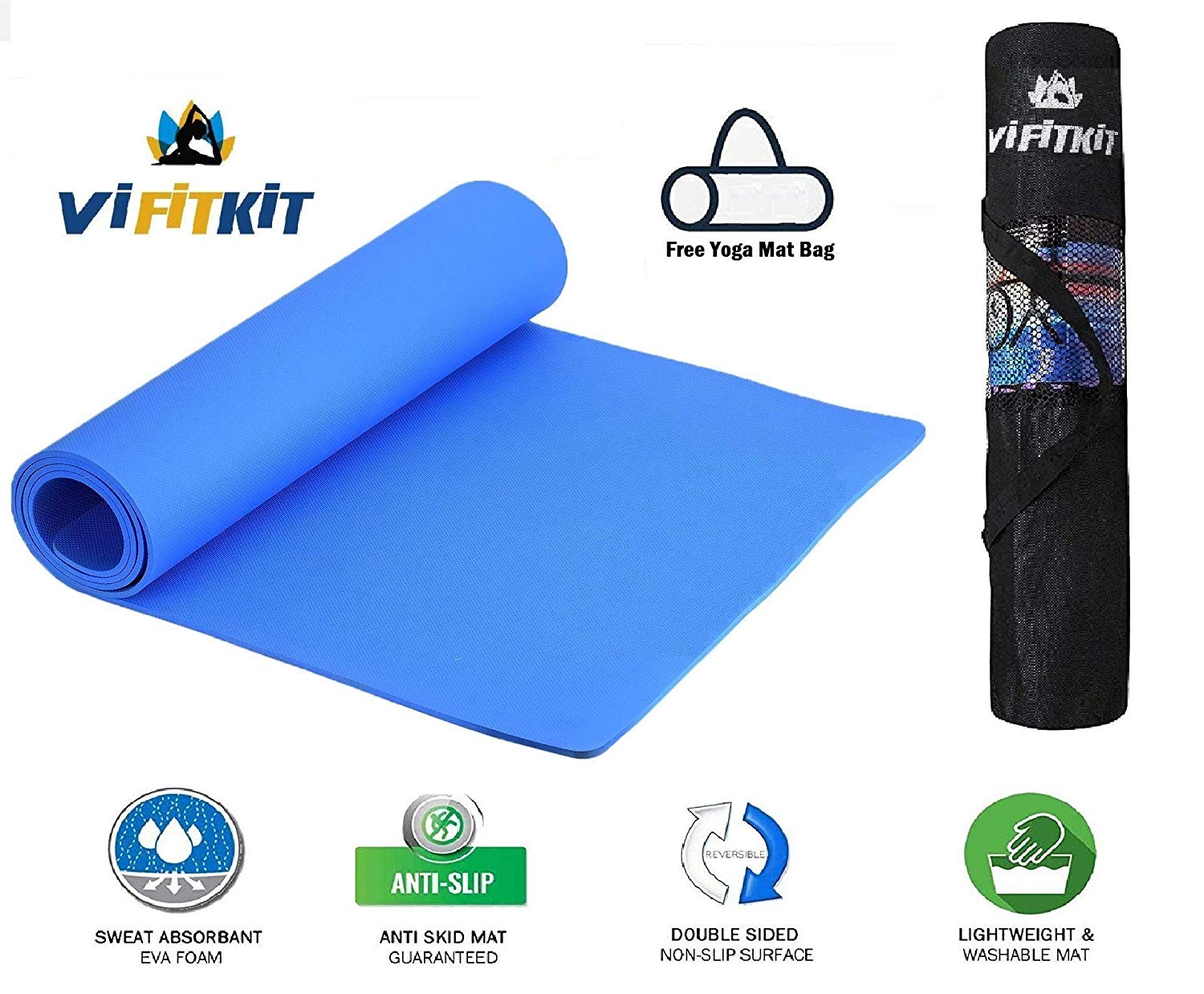
VI FITKIT Yoga Mat Anti Skid EVA Yoga mat with Bag for Gym Workout and Flooring Exercise Long Size Yoga Mat for Men and Women (Color - Blue)
Price: Rs 399.00 FREE Delivery. Details
About The Product
- With high density foam material, The thick ( 3 mm thick ) premium mat with comfort cushion spine, hips, knees and elbows on hard floors. This makes it a perfect size for both men & women.
- SWEAT RESISTANT AND WASHABLE YOGA MAT - Next time don’t stress when you sweat while doing yoga. The yoga mat is completely sweat resistant and has a Moisture resistant Technology which makes the mat easily washable with soap and water.
- This Yoga Mat is designed to give you the most comfortable yoga experience possible. The extra thick mat protects joints without compromising support or stability
- DURABLE & ECO FRIENDLY YOGA MAT - The EVA material is extremely durable and eco friendly. It lasts upto 5 times more than a regular plasticky mat! The material is biodegradable and free from PVC, silicon, latex and other toxic materials. We believe in creating quality and Eco friendly products for our customers!
- Care Tips: Do not place in washing machine or dryer, Please clean before and after using, clean regularly and keep it dry for healthy using.
